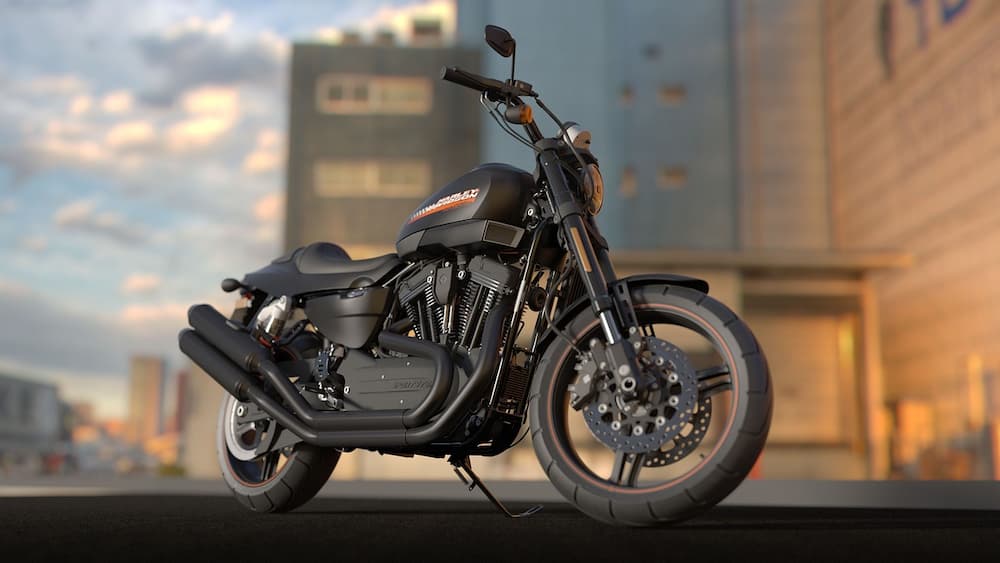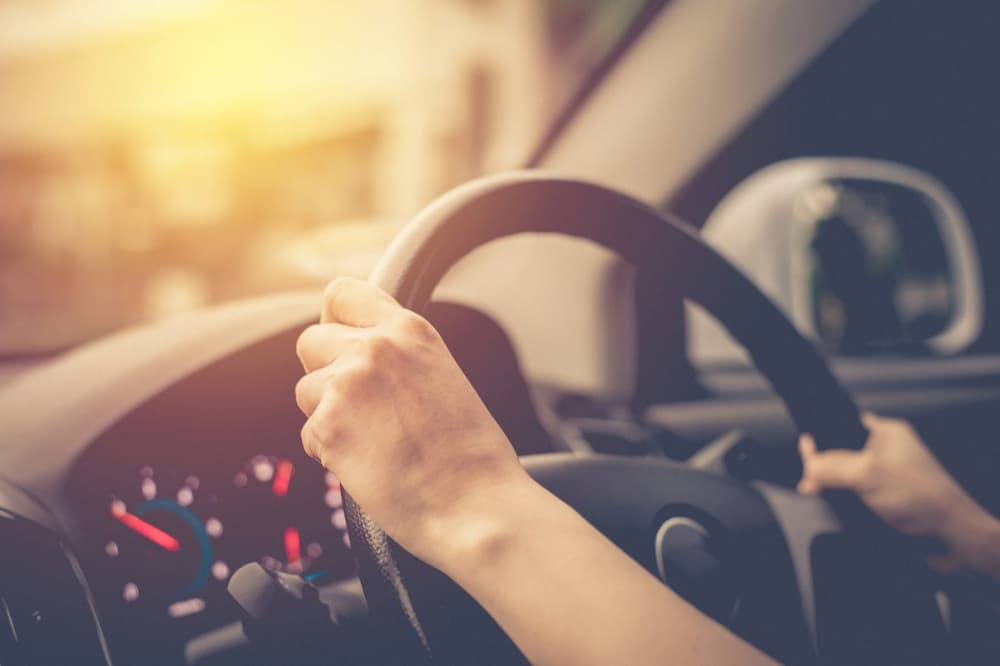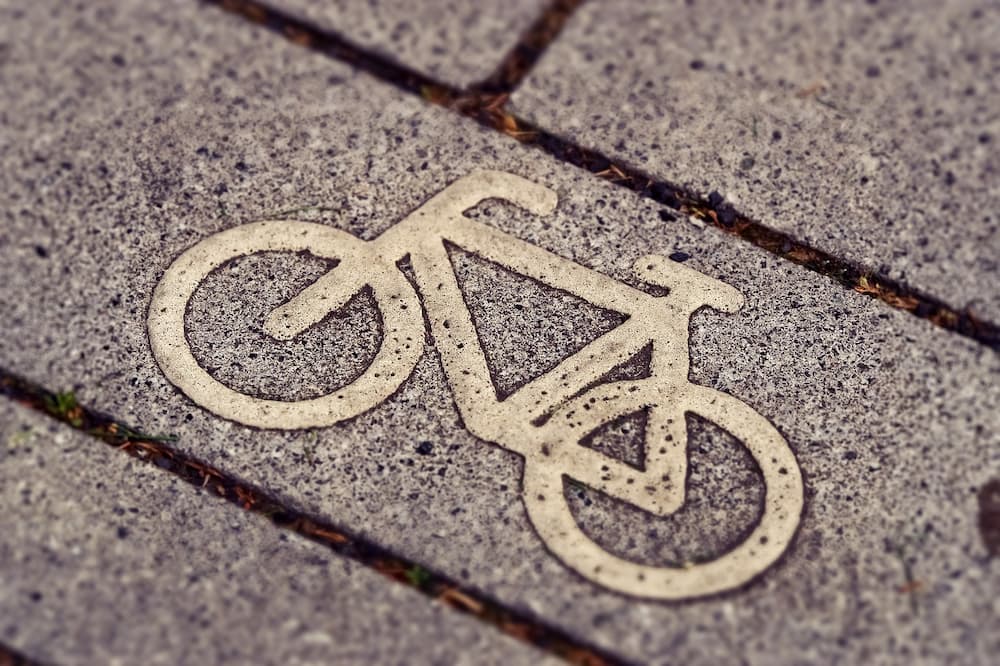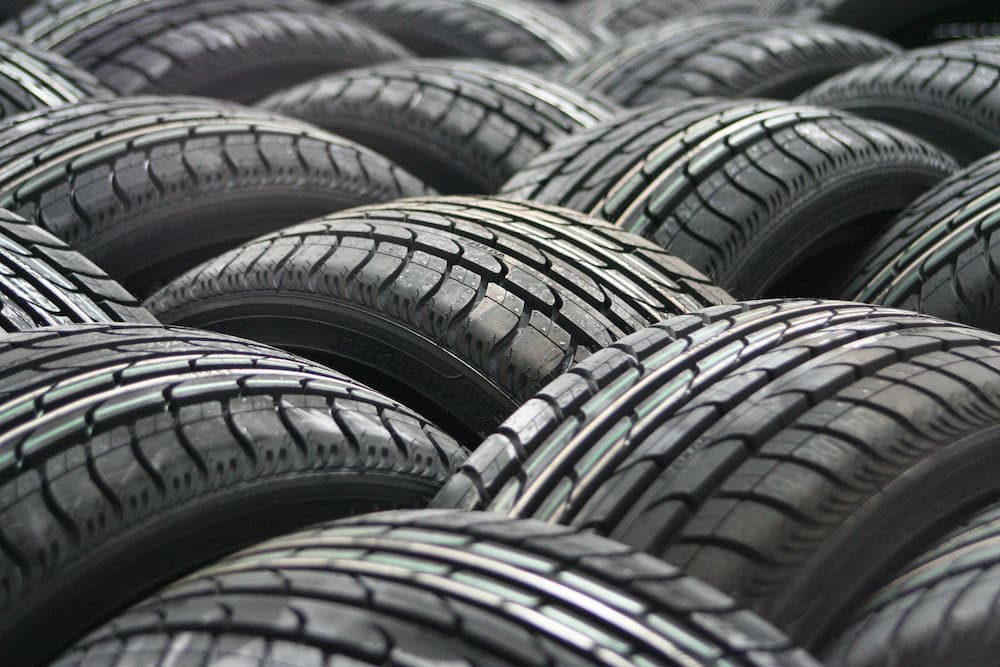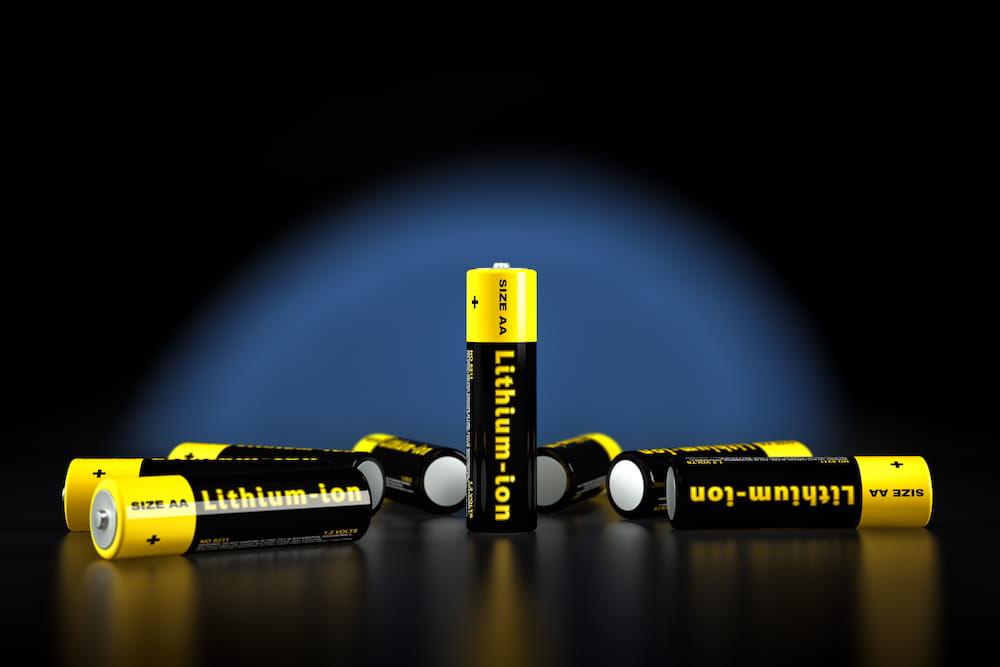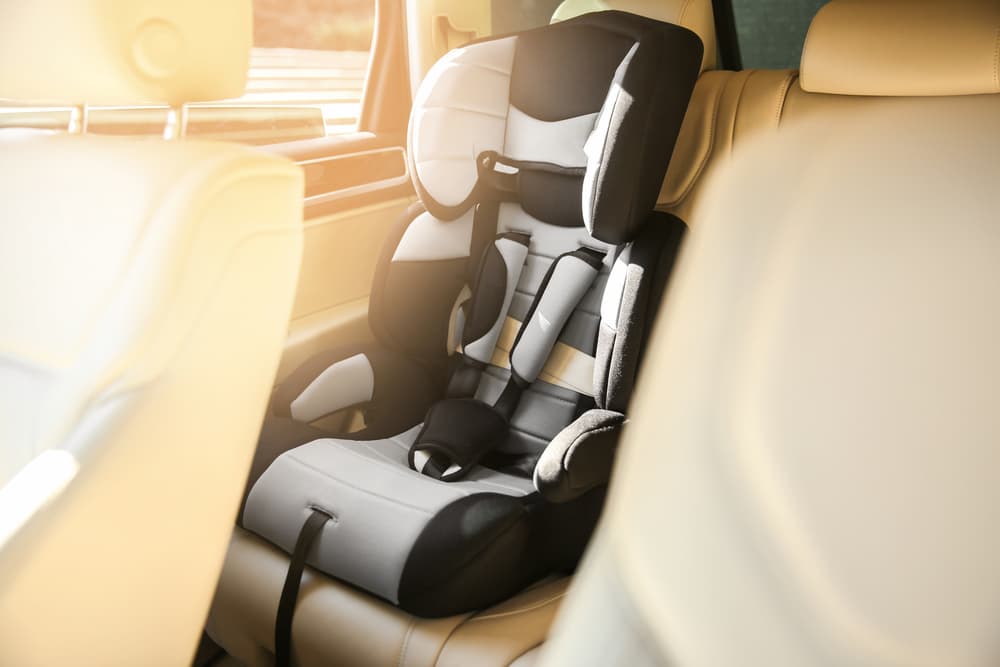Electric bikes, also known as e-bikes, are motor-assisted and look similar to conventional bicycles.
With a rechargeable battery and a motor to provide support when pedalling, electric bikes enable riders to travel faster than a traditional pedal bike without the same level of physical exertion.
Under current law in England, Scotland and Wales, electric bikes that meet certain criteria may be used by people who are 14 or older without a licence or insurance. Different rules apply in Northern Ireland.
To meet the criteria for electric bikes, e-bikes must be classed as ‘electrically assisted pedal cycles’ (EAPCs). Any electric bike that does not meet the EAPC rules is classed as a motorcycle or moped and needs to be registered and taxed. You’ll need a driving licence to ride one and you must wear a crash helmet.
For more information on EAPC classification, visit https://www.gov.uk/electric-bike-rules
Conversion kits
Converting a bicycle to an e-bike with the use of a converting kit could put you and others at risk if done improperly. Converting a bike yourself or DIY installations can also lead to damage to the kit, increasing the chance of battery failure and the likelihood of a fire.
Batteries that are purchased from online sources do not always meet UK Safety Regulations, which may be more likely to cause a fire or other issues. Purchasing second-hand batteries, which may already be damaged, can also pose a greater fire risk.
We recommend always getting a professional to do your conversion, and only purchase kits and batteries from trusted, reputable retailers.
If you do choose to use a bike modification kit, make sure to follow the manufacturer’s recommendations carefully and use only trusted suppliers. You should never tamper with the battery. This will reduce the risk of dangerous malfunctions or accidents.


Buying E-Bikes
- buy e-bikes, e-scooters and chargers/batteries from reputable retailers
- many fires involve counterfeit electrical goods. Items which don’t meet British or European standards pose a huge fire risk and while genuine chargers (or battery packs) may cost more, it’s not worth putting your life at risk and potentially destroying your home by buying a fake charger to save a few pounds
- if buying an e-bike conversion kit, purchase from a reputable seller and check that it complies with British or European standards. Take particular care if buying from online auction or fulfilment platforms. If you’re buying separate components, ensure they are compatible
- register your product with the manufacturer to validate any warranties – batteries are usually included in warranties. Registering makes it easier for manufacturers to contact you if they do a safety recall or need to send you safety information. You can find most brands registration pages through our website at https://www.wmfs.net/safety/register-your-products/
- check any products you have bought are not subject to a product recall. You can do this but checking Electrical Safety First’s website or the government website.
Landlords / Responsible Persons
E-bikes and e-scooters should not be charged along escape routes or in communal areas of a multi-occupied building, in case of fire.
If you’re a landlord, business owner or responsible for fire safety in a building, you need to be aware of how such vehicles should be stored and charged safely.
Responsible Persons should also consider the risks posed by e-bikes and e-scooters when they are left in places like bike stores and mobility scooter storerooms.
We recommend that they offer advice to residents on the safe use, storage and charging of these devices.
E-bikes, e-scooters and their batteries should be kept in a cool, dry place – not in excessively hot or cold areas.
If a lithium-ion battery isn’t going to be used for an extended period of time, follow the manufacturer’s guidance on safe storage and maintenance.
Lithium-ion batteries in e-bikes
E-bikes are powered by lithium-ion batteries, which are known for their lightweight design and high energy storage capacity. While these batteries are generally safe, mishandling, overcharging or using damaged batteries can lead to fires and injuries.
Charging and using lithium-ion batteries
- Always use the charger provided with your e-bike. If a replacement is needed, buy directly from the manufacturer or a trusted supplier
- do not charge or store the battery in extremely hot or cold temperatures
- always charge the e-bike on a stable, flat surface away from flammable materials
- prevent any damage to the battery, including crushing, puncturing or water exposure
- do not leave the e-bike on charge when the battery is full. Do not charge overnight
- do not cover the e-bike or charger while charging
- if travelling, follow airline regulations when travelling with your e-bike.
E-Bike Maintenance
Regular maintenance ensures your e-bike remains safe and functional. Before every ride, you should:
- check tyre pressure and for any damage
- ensure wheels and handlebars turn smoothly
- inspect for loose components
- test lights and indicators:
- Monthly or every 300km:
- clean and inspect the e-bike for damage
- check all cables and the charger for signs of wear or damage
- Every six months or every 1,500km:
- tighten all bolts, adjust brakes, and check for chassis and fork damage
- Annually or every 3,000km:
- inspect and grease wheel bearings and folding points as necessary.
- Monthly or every 300km:
Warning Signs
If you notice any of the following, stop using the e-bike immediately, move it to a safe location, and call 999 or 112:
- Strange smells
- Discolouration or deformation of the battery
- Excessive heat
- Leaking
- Unusual sounds
Battery Disposal
Do not discard lithium-ion batteries in the bin. Take them to a recycling centre or contact your local council for disposal instructions. Keep used batteries separate and never expose them to fire.
